Multiscale Detection and Assessment of Vegetation Eco-Environmental Restoration following Ecological Water Compensation in the Lower Reaches of the Tarim River, China
Abstract
1. Introduction
- (1)
- Develop a reliable method for retrieving FVC in arid, vegetation-sparse regions in different years while overcoming the difficulties of traditional pixel dichotomy empirical model parameters associated with parameter calibration by incorporating GF-2 submeter-scale high-spatial-resolution data.
- (2)
- Document the long-term vegetation coverage changes after the EWC project (2000–2017) in the lower reaches of the Tarim River from the points, lines, and area (PLA) spatial scale involving monitoring wells (points), ecological sections (lines) and the overall region (area) as well as the relationship each of these scales has with groundwater table variations induced by EWC.
- (3)
- Explore the spatial and temporal responses of vegetation and groundwater to the EWC project by intensively analyzing time-series remote sensing images and station observation data and by performing an integrated assessment of the ecological processes caused by EWC.
2. Materials and Study Area
2.1. Study Area
2.2. Data Collection
3. Methods
3.1. Image Noise and Cloud Removal
3.2. FVC Retrieval and Accuracy Assessment
3.3. Slope Trends Analysis and F Test
4. Results and Analysis
4.1. Spatial Change Mapping and Analysis
4.1.1. Spatial Change Mapping
4.1.2. Spatial Change Analysis
4.2. Temporal FVC Change Process at the PLA Scale
4.2.1. FVC Changes at the Nine Ecological Monitoring Sites
4.2.2. FVC Changes at the Nine Ecological Transects
4.2.3. FVC Changes in the Whole Area of the Lower Reaches of the Tarim River
4.3. Coupled Relationship Analysis among the EWC Project, Groundwater Depth and FVC
4.3.1. Groundwater Dynamic Process
4.3.2. Riparian Vegetation Response to the EWC Volume
4.3.3. Riparian Vegetation Response to the Groundwater Level
5. Discussion
5.1. Reliability of FVC and Uncertain Analysis
5.2. Change Characteristics and Attribute Analysis
5.3. Future Countermeasures and Suggestions
6. Conclusions
- A new parameter-calibration method within the pixel-dichotomy model was proposed; this method improved the accuracy of the traditional empirical model, enhanced the FVC estimation reliability in arid, vegetation-sparse areas, and increased the credibility and robustness of the outputs. The method proposed in this study could be extended to map FVC changes in other arid/semiarid sparse vegetation areas across the world.
- The ecological environment in the lower reaches of the Tarim River has been significantly improved at all scales. From 2000 to 2017, the average growth rate of regional vegetation was 3.5% year-1 (p < 0.01, two-tailed). However, the ecological vulnerability conditions did not change fundamentally throughout the study period, as was mainly manifested in the following aspects: (1) Vegetation restoration was strongly dependent on EWC. Once EWC was halted, vegetation began to degenerate immediately, and vice versa. (2) Vegetation restoration was mainly concentrated in the area near the river channel. Linear water transportation has alleviated the decline in vegetation near the river channel, but the regional ecosystem has not been fully restored.
- The vegetation restoration and underground water depth processes were both significantly correlated with the volume of ecological water transported (p < 0.05, two-tailed). The changes in the vegetation coverage and groundwater level were highly consistent both temporally and spatially. In addition, a one-year time lag was observed in the response time between vegetation and EWC.
Author Contributions
Funding
Data Availability Statement
Acknowledgments
Conflicts of Interest
References
- Tao, H.; Gemmer, M.; Song, Y.; Jiang, T. Ecohydrological responses on water diversion in the lower reaches of the Tarim river, China. Water Resour. Res. 2008, 44, 6186. [Google Scholar] [CrossRef]
- Bao, A.; Huang, Y.; Ma, Y.; Guo, H.; Wang, Y. Assessing the effect of EWDP on vegetation restoration by remote sensing in the lower reaches of Tarim river. Ecol. Indic. 2017, 74, 261–275. [Google Scholar] [CrossRef]
- Yang, X.; Liu, Z.; Zhang, F.; White, P.D.; Wang, X. Hydrological changes and land degradation in the southern and eastern Tarim basin, Xinjiang, China. Land Degrad. Dev. 2006, 17, 381–392. [Google Scholar] [CrossRef]
- Liu, G.; Kurban, A.; Duan, H.; Halik, U.; Ablekim, A.; Zhang, L. Desert riparian forest colonization in the lower reaches of Tarim river based on remote sensing analysis. Environ. Earth Sci. 2014, 71, 4579–4589. [Google Scholar] [CrossRef]
- Hao, X.; Li, W. Impacts of ecological water conveyance on groundwater dynamics and vegetation recovery in the lower reaches of the Tarim river in northwest China. Environ. Monit. Assess. 2014, 186, 7605–7616. [Google Scholar] [CrossRef]
- Deng, M.; Zhou, H.; Xu, H.; Ling, H.; Zhang, P. Research on the ecological operation in the lower reaches of Tarim River based on water conveyance. Sci. Sin. Technol. 2016, 46, 864. [Google Scholar]
- Han, M.; Zhao, C.; Feng, G.; Disse, M.; Shi, F.; Li, J. An eco-hydrological approach to predicting regional vegetation and groundwater response to ecological water conveyance in dryland riparian ecosystems. Quat. Int. 2015, 380–381, 224–236. [Google Scholar] [CrossRef]
- Huang, Y.; Li, Y.P.; Chen, X.; Bao, A.M.; Zhou, M. Simulation-based optimization method for water resources management in Tarim river basin, China. Procedia Environ. Sci. 2010, 2, 1451–1460. [Google Scholar] [CrossRef]
- Aishan, T.; Halik, Ü.; Cyffka, B.; Kuba, M.; Abliz, A.; Baidourela, A. Monitoring the hydrological and ecological response to water diversion in the lower reaches of the Tarim river, northwest China. Quat. Int. 2013, 311, 155–162. [Google Scholar] [CrossRef]
- Li, W.; Zhou, H.; Fu, A.; Chen, Y. Ecological response and hydrological mechanism of desert riparian forest in inland river, northwest of China. Ecohydrology 2013, 6, 949–955. [Google Scholar] [CrossRef]
- Ye, Z.X.; Chen, Y.N.; Li, W.H.; Yan, Y.; Wan, J.H. Groundwater fluctuations induced by ecological water conveyance in the lower Tarim river, Xinjiang, China. J. Arid. Environ. 2009, 73, 726–732. [Google Scholar] [CrossRef]
- Zhu, X.; Yuan, G.; Yi, X.; Du, T. Quantifying the impacts of river hydrology on riparian vegetation spatial structure: Case study in the lower basin of the Tarim river, China. Ecohydrology 2017, 10, e1887. [Google Scholar] [CrossRef]
- An, H.; Ye, M.; Xu, H.; Yu, P. Response of radial increment of populus euphratica to ecological water conveyance in lower reaches of the Tarim river. J. Desert Res. 2011, 31, 957–962. [Google Scholar]
- Wang, Y.; Shen, Y.; Chen, Y.; Guo, Y. Vegetation dynamics and their response to hydroclimatic factors in the Tarim river basin, China. Ecohydrology 2013, 6, 927–936. [Google Scholar] [CrossRef]
- Huang, Y.; Bao, A.; Wang, S.; Wang, Y.; Wang, S.; Duan, Y. Eco-environmental change in the lower Tarim river underthe influence of intermittent water transport. Acta Geogr. Sin. 2013, 68, 1251–1262. [Google Scholar]
- Jia, J.; Meng, Y.; Dai, J.; Gao, G.; Yin, Z.; Zhou, L.; Li, Z. Affect on characteristic of groundwater spatial and temporal distribution after ecological water transport in the lower reaches of Tarim river. J. Inn. Mong. Agric. Univ. Nat. Sci. Ed. 2016, 37, 81–90. [Google Scholar]
- Lioubimtseva, E.; Henebry, G.M. Climate and environmental change in arid central Asia: Impacts, vulnerability, and adaptations. J. Arid. Environ. 2009, 73, 963–977. [Google Scholar] [CrossRef]
- Zhu, C.; Chen, Y.; Li, W.; Jianxin, M.; Fu, A. Effects of groundwater decline on populus euphratica at hyper-arid regions: The lower reaches of the Tarim river in Xinjiang, China. Fresenius Environ. Bull. 2011, 20, 3326–3337. [Google Scholar]
- Chen, Y.; Li, W.; Liu, J.; Yang, Y. Effects of water conveyance embankments on riparian forest communities at the middle reaches of the Tarim river, northwest China. Ecohydrology 2013, 6, 937–948. [Google Scholar] [CrossRef]
- Ling, H.; Zhang, P.; Xu, H.; Zhao, X. How to regenerate and protect desert riparian populus euphratica forest in arid areas. Sci. Rep. 2015, 5, 81–89. [Google Scholar] [CrossRef]
- Yan, H.; Wang, Y.; Wang, Y. The influence of 10 years of water conveyances on groundwater and juvenile populus euphratica of the lower Tarim river. Environ. Earth Sci. 2014, 71, 4091–4096. [Google Scholar] [CrossRef]
- Jiapaer, G.; Chen, X.; Bao, A. A comparison of methods for estimating fractional vegetation cover in arid regions. Agric. For. Meteorol. 2011, 151, 1698–1710. [Google Scholar] [CrossRef]
- Wang, S.; Bao, A.; Wang, Y.; Huang, Y.; Liu., C. Changes of vegetation coverage under hydrological fluctuations in lower reaches of Tarim river basin. Bull. Soil Water Conserv. 2013, 33, 131–135. [Google Scholar]
- Xiao, J.; Moody, A. A comparison of methods for estimating fractional green vegetation cover within a desert-to-upland transition zone in central New Mexico, USA. Remote Sens. Environ. 2005, 98, 237–250. [Google Scholar] [CrossRef]
- Guerschman, J.P.; Hill, M.J.; Renzullo, L.J.; Barrett, D.J.; Marks, A.S.; Botha, E.J. Estimating fractional cover of photosynthetic vegetation, non-photosynthetic vegetation and bare soil in the Australian tropical savanna region upscaling the eo-1 hyperion and modis sensors. Remote Sens. Environ. 2009, 113, 928–945. [Google Scholar] [CrossRef]
- Song, W.; Mu, X.; Ruan, G.; Gao, Z.; Li, L.; Yan, G. Estimating fractional vegetation cover and the vegetation index of bare soil and highly dense vegetation with a physically based method. Int. J. Appl. Earth Obs. Geoinf. 2017, 58, 168–176. [Google Scholar] [CrossRef]
- Ding, Y.; Zheng, X.; Zhao, K.; Xin, X.; Liu, H. Quantifying the impact of NDVIsoil determination methods and NDVIsoil variability on the estimation of fractional vegetation cover in northeast China. Remote Sens. 2016, 8, 29. [Google Scholar] [CrossRef]
- Chen, Y.N.; Chen, Y.P.; Xu, C.C.; Ye, Z.X.; Li, Z.Q.; Zhu, C.G.; Ma, X.D.; Liu, C.M.; Chen, Y.N.; Xu, Z.X. Effects of ecological water conveyance on groundwater dynamics and riparian vegetation in the lower reaches of Tarim river, China. Hydrol. Process. 2010, 24, 170–177. [Google Scholar] [CrossRef]
- Yan, Z.; Tang, G. Remote Sensing based monitoring of vegetation recovery in lower reaches of Tarim river following implementation of emergent water transportation project. Bull. Soil Water Conserv. 2005, 25, 58–60. [Google Scholar]
- Deng, M.; Yang, P.; Zhou, H.; Xu, H. Water conversion and strategy of ecological water conveyance in the lower reaches of the Tarim river. Arid. Zone Res. 2017, 34, 717–726. [Google Scholar]
- Li, L.; Zhang, X.; Chen, C.; Shen, M. Ecological effect of water conveyanse on the lower reaches of Tarim river in recent twenty years. Arid. Land Geogr. 2018, 41, 238–248. [Google Scholar]
- Gutman, G.; Ignatov, A. The derivation of green vegetation fraction from NOAA/AVHRR for use in weather prediction models. Int. J. Remote Sens. 1998, 19, 1533–1543. [Google Scholar] [CrossRef]
- Zhang, A.B.; Liu, X.X.; Di, W.J. Derivation of the green vegetation fraction from TM data of three gorges area. Procedia Earth Planet. Sci. 2009, 1, 1152–1157. [Google Scholar] [CrossRef][Green Version]
- Liu, G.; Wu, B.; Fan, W.; Li, X.; Fan, N. Extraction of vegetation coverage in desertification regions base on the dimidiate pixel model. Res. Soil Water Conserv. 2007, 14, 268–271. [Google Scholar]
- Arvor, D.; Jonathan, M.; Meirelles, M.S.P.; Dubreuil, V.; Durieux, L. Classification of modis evi time series for crop mapping in the state of Mato Grosso, Brazil. Int. J. Remote Sens. 2011, 32, 7847–7871. [Google Scholar] [CrossRef]
- Savitzky, A.; Golay, M.J.E. Smoothing and differentiation of data by simplified least squares procedures. Anal. Chem. 1964, 36, 1627–1639. [Google Scholar] [CrossRef]
- Chen, J.; JÖnsson, P.; Tamura, M.; Gua, Z.; Matsushita, B.; Eklundh, L. A simple method for reconstructing a high-quality NDVI time-series data set based on the savitzky–golay filter. Remote Sens. Environ. 2004, 91, 332–344. [Google Scholar] [CrossRef]
- Li, M.; Wu, B.; Yan, C.; Zhou, W. Estimation of vegetation fraction in the upper basin of Miyun reservior by remote sensing. Resour. Sci. 2004, 26, 153–159. [Google Scholar]
- Wang, Q.; Adiku, S.; Tenhunen, J.; Granier, A. On the relationship of NDVI with leaf area index in a deciduous forest site. Remote Sens. Environ. 2005, 94, 244–255. [Google Scholar] [CrossRef]
- Li, F.; Zeng, Y.; Li, X.; Zhao, Q.; Wu, B. Remote sensing based monitoring of interannual variations in vegetation activity in China from 1982 to 2009. Sci. China Earth Sci. 2014, 57, 1800–1806. [Google Scholar] [CrossRef]
- Liu, Q.; Hanati, G.; Su, L.; Zhang, Y. Response process of groundwater table to ecological water conveyance in the lower reaches of Tarim River riparian zone. Arid. Land Geogr. 2017, 40, 979–986. [Google Scholar]
- Chen, Y.; Wang, Q.; Li, W.; Ruan, X.; Chen, Y.; Zhang, L. Study on Reasonable Groundwater Table Characterized by Vegetation Physiological and Ecological Data—Taking the Ecological Restoration Process in the Lower Tarim River as an Example. Chin. Sci. Bull. 2006, 51, 7–13. [Google Scholar]
- Chen, Y.; Li, W.; Xu, H.; Liu, J.; Zhang, H.; Chen, Y. The Influence of Groundwater on Vegetation in the Lower Reaches of Tarim River, China. Acta Geogr. Sin. 2003, 58, 542–549. [Google Scholar]
- Fan, Z.; Ma, Y.; Zhang, H.; Wang, R.; Zhao, Y.; Zhou, H. Research of eco-water table and retional depth of groundwater of Tarim river drainage basin. Arid. Land Geogr. 2004, 27, 8–13. [Google Scholar]
- Wang, X.; Xu, H.; Pan, C.; Ling, H. Study on groundwater recharge amount and suitable demand amount in lower reaches of Tarim river from 2000 to 2014. Water Resour. Prot. 2017, 33, 32–40. [Google Scholar]
- Xu, H.; Ye, M.; Song, Y.; Chen, Y. The natural vegetation responses to the groundwater change resulting from ecological water conveyances to the lower Tarim river. Environ. Monit. Assess. 2007, 131, 37. [Google Scholar] [CrossRef]
- Yuan, G.; Zhang, P.; Shao, M.A.; Luo, Y.; Zhu, X. Energy and water exchanges over a riparian Tamarix spp. Stand in the lower Tarim river basin under a hyper-arid climate. Agric. For. Meteorol. 2014, 194, 144–154. [Google Scholar] [CrossRef]
- Huang, Y.; Li, Y.P.; Chen, X.; Bao, A.M.; Ma, Y.G. A multistage simulation-based optimization model for water resources management in Tarim river basin, China. Stoch. Environ. Res. Risk Assess. 2013, 27, 147–158. [Google Scholar] [CrossRef]
- Bai, Y.; Xu, H.; Zhang, Q.; Ye, M. Evaluation on ecological water requirement in the lower reaches of Tarim River based on groundwater restoration. Acta Ecol. Sin. 2015, 35, 630–640. [Google Scholar]
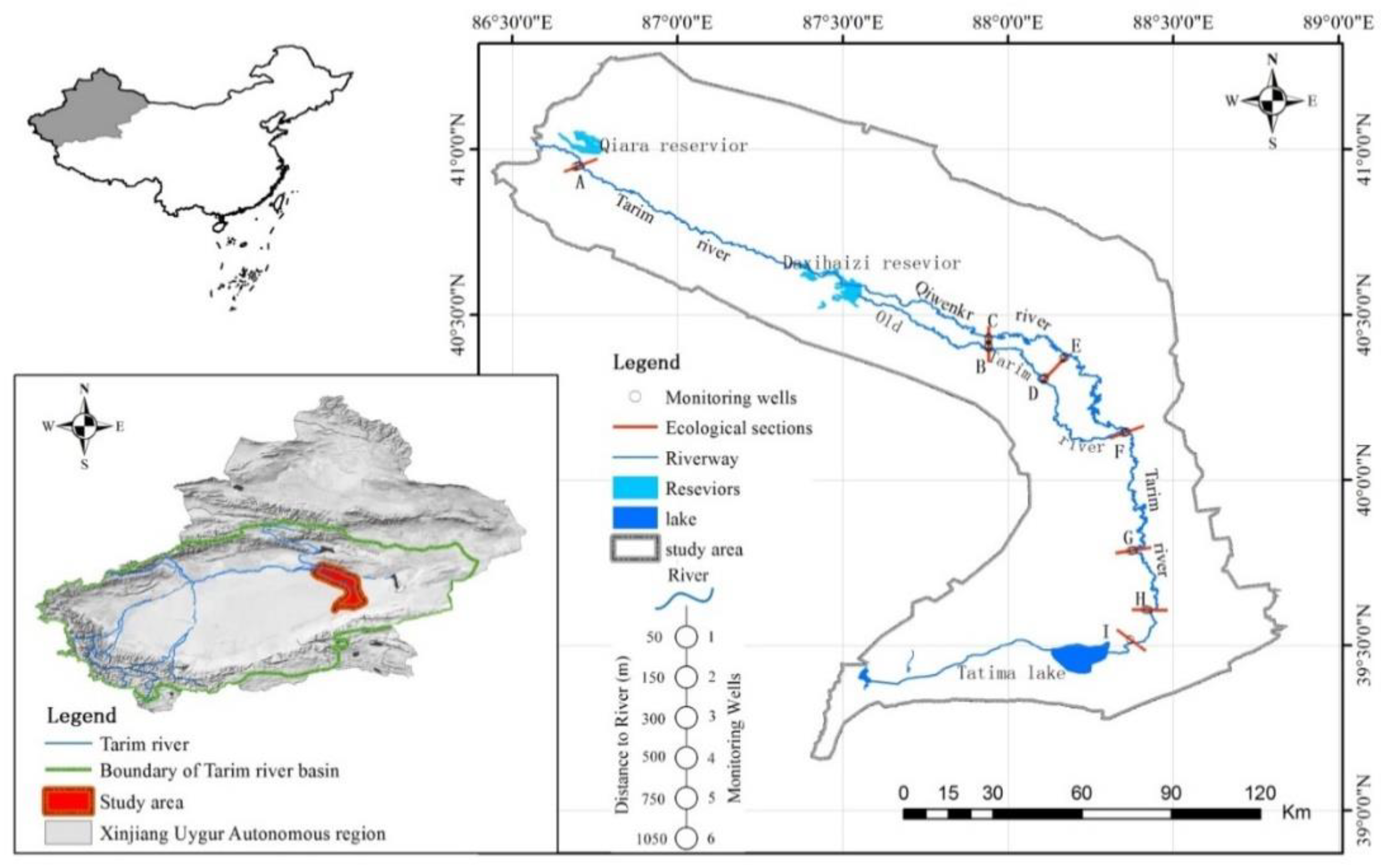
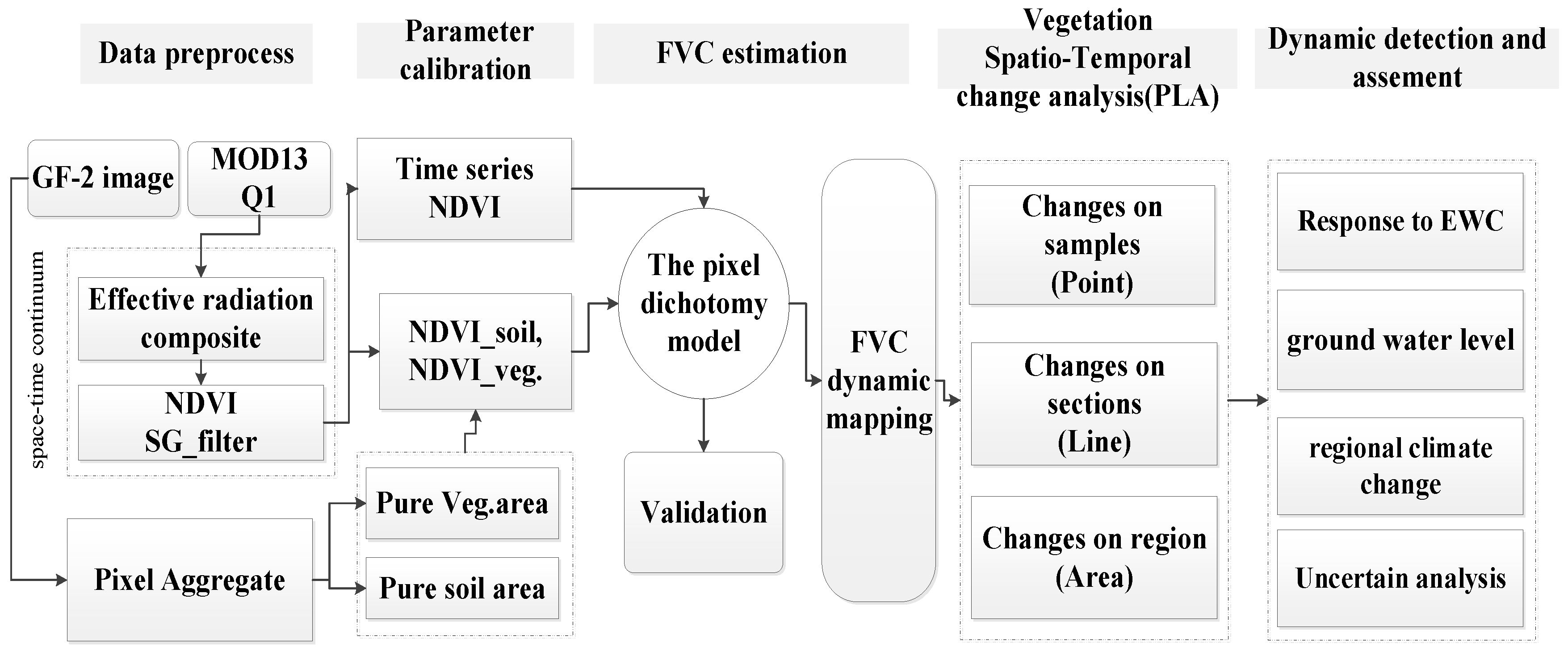
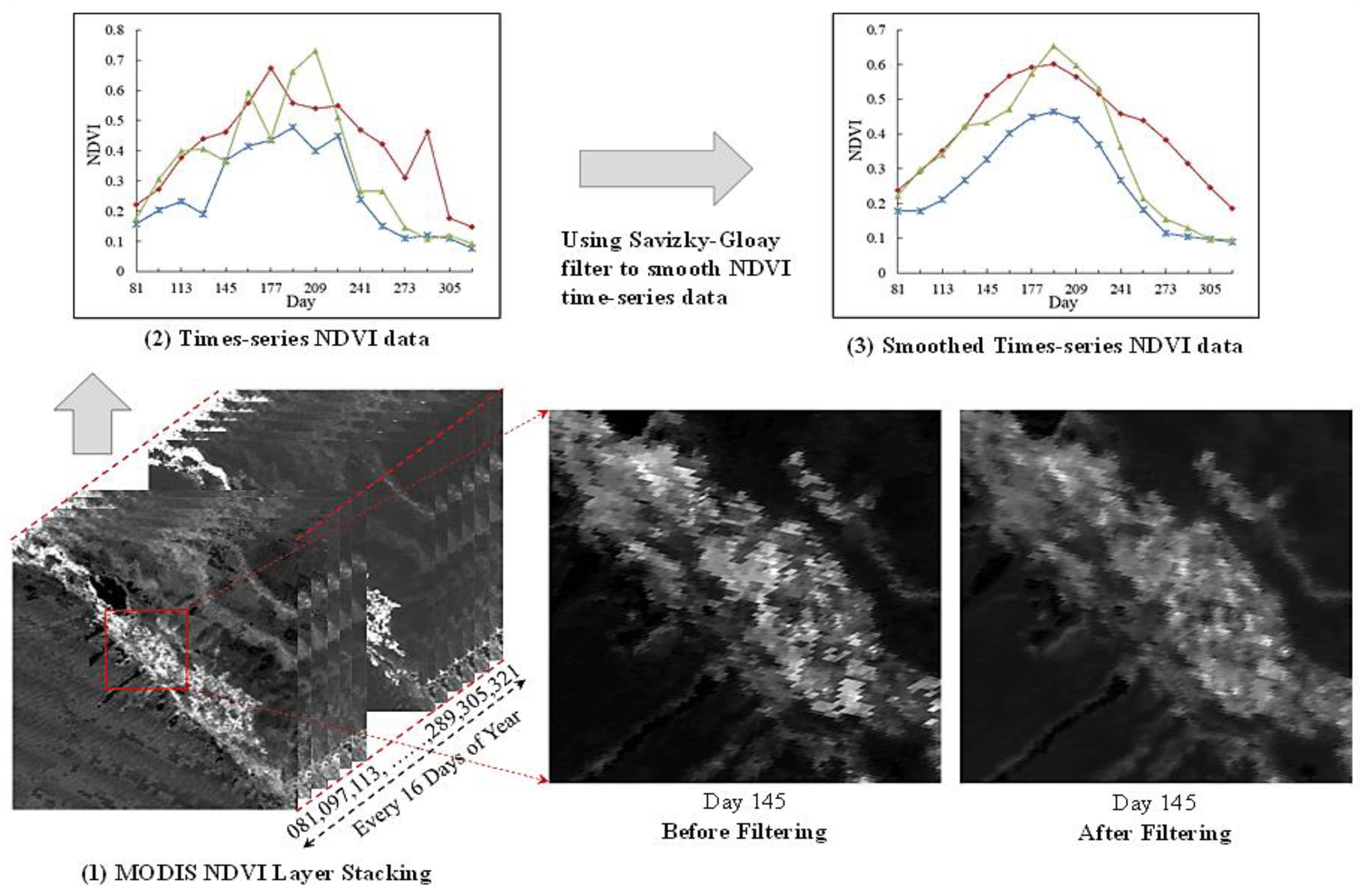
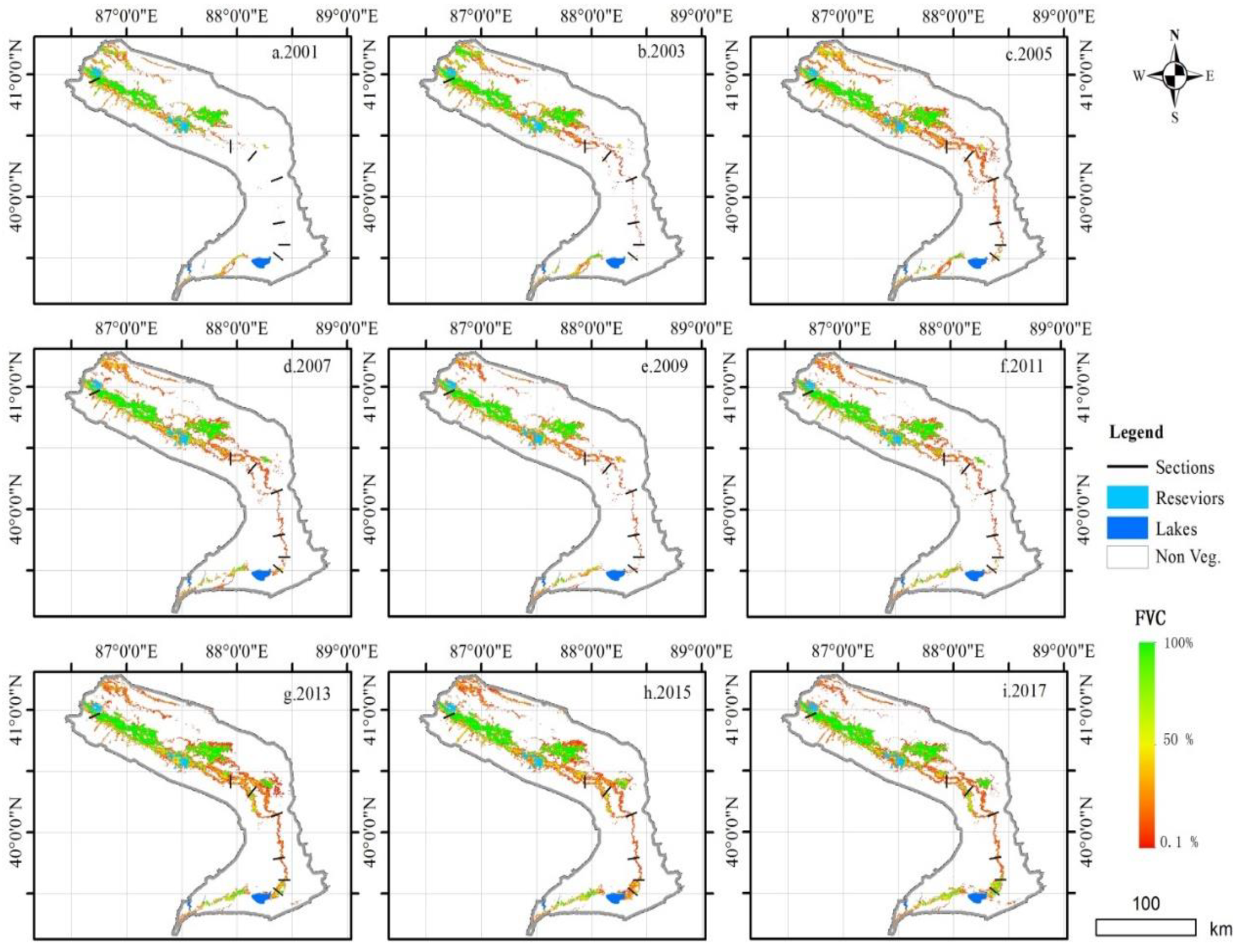
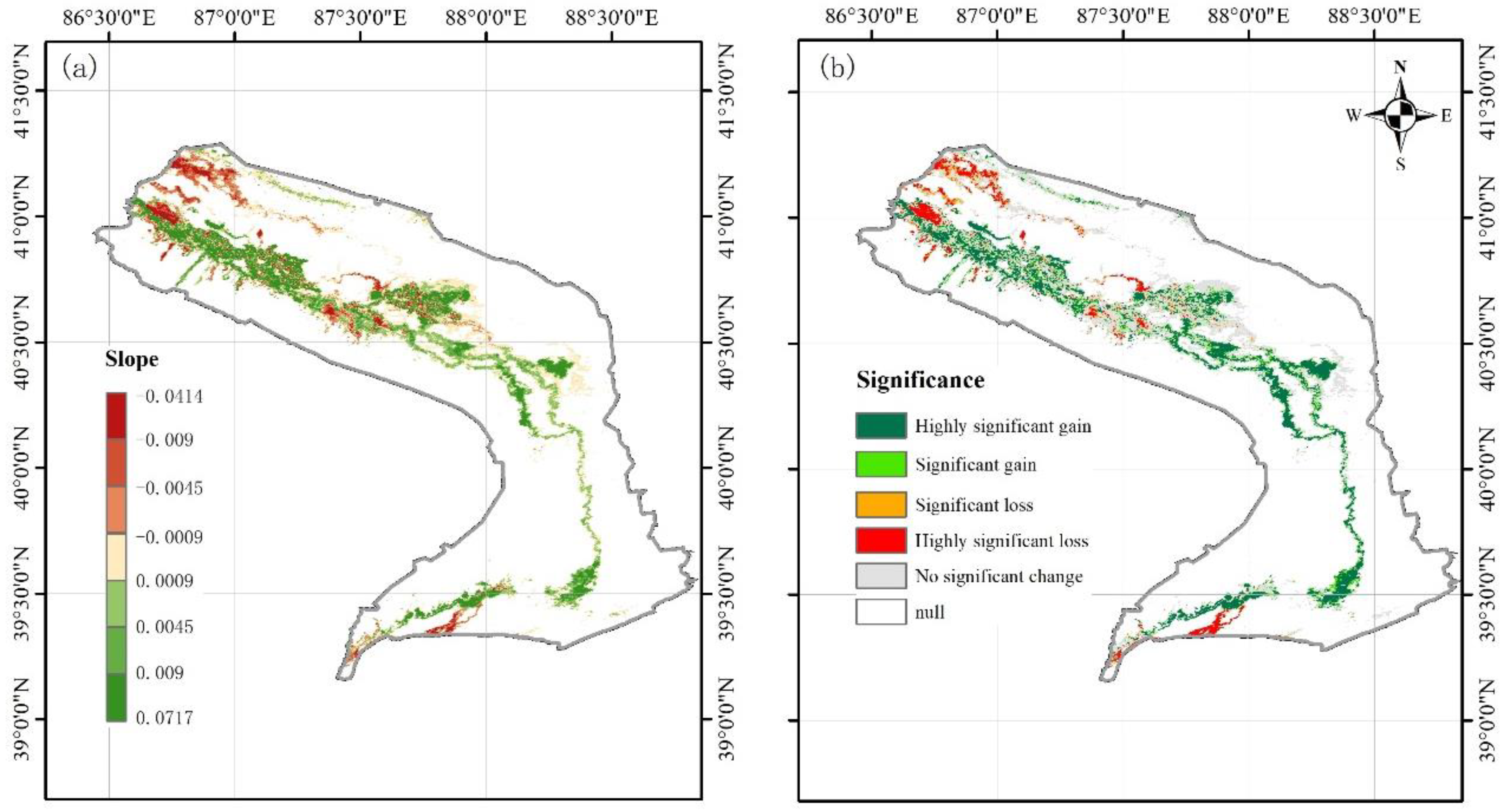
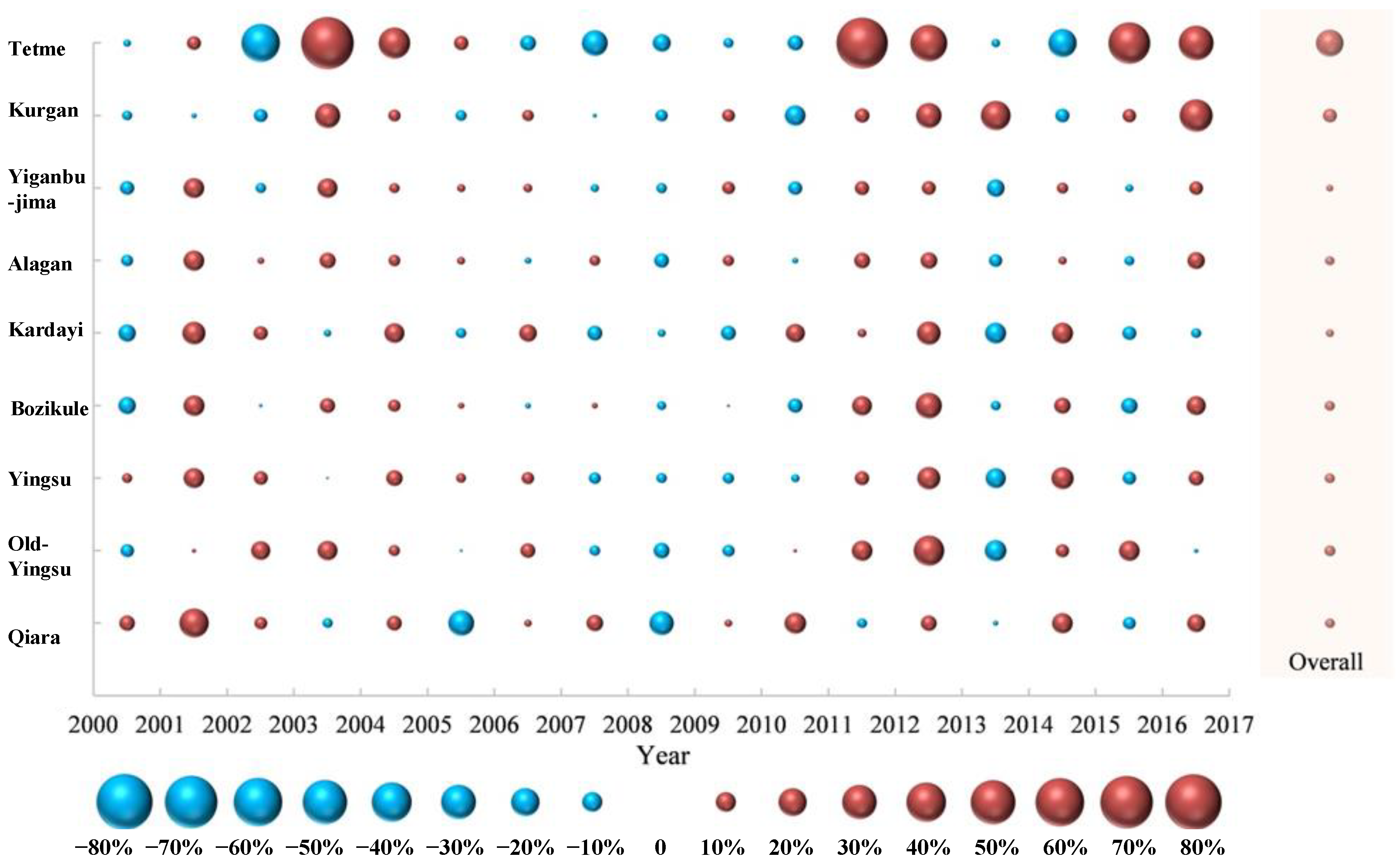
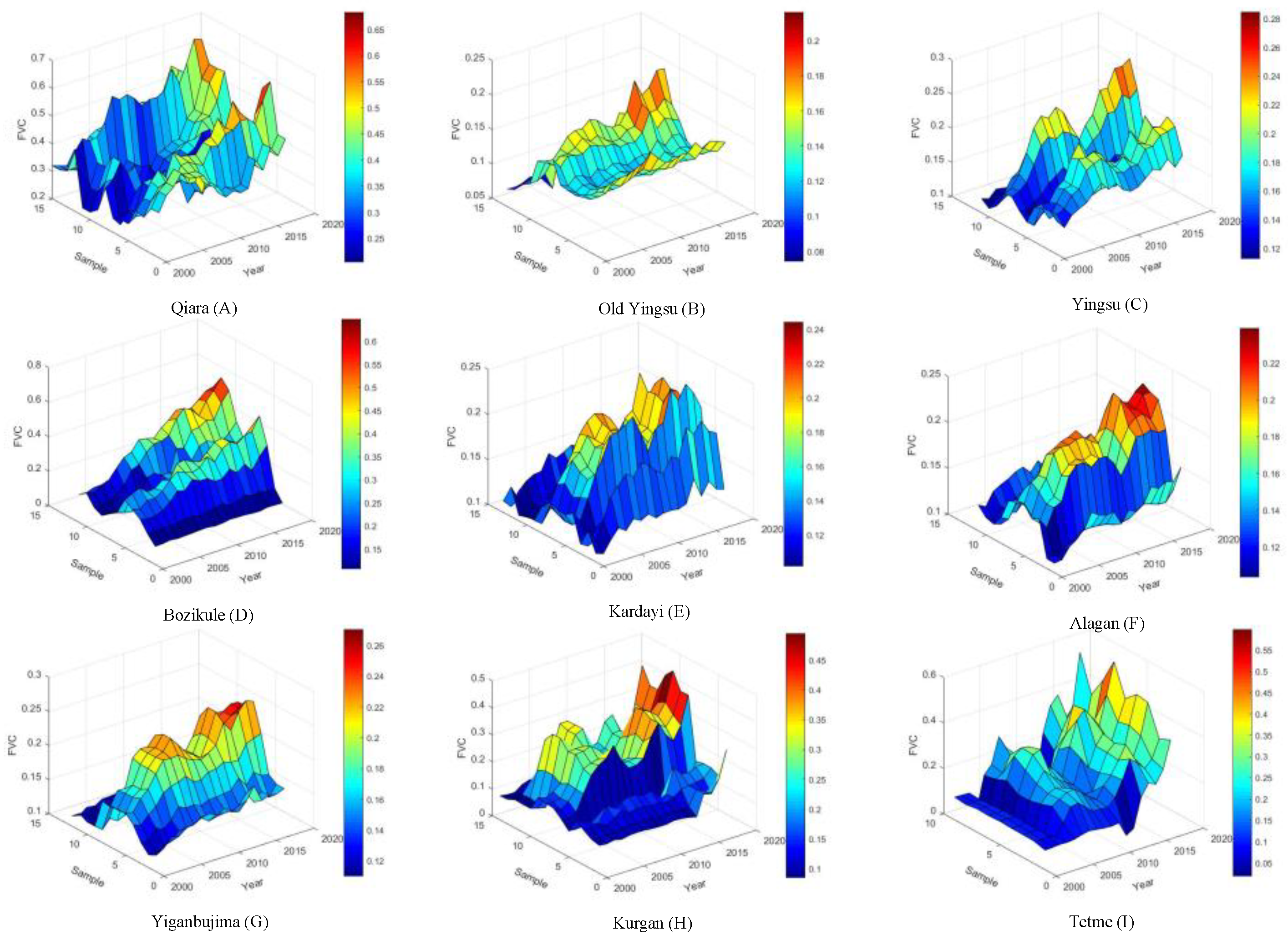
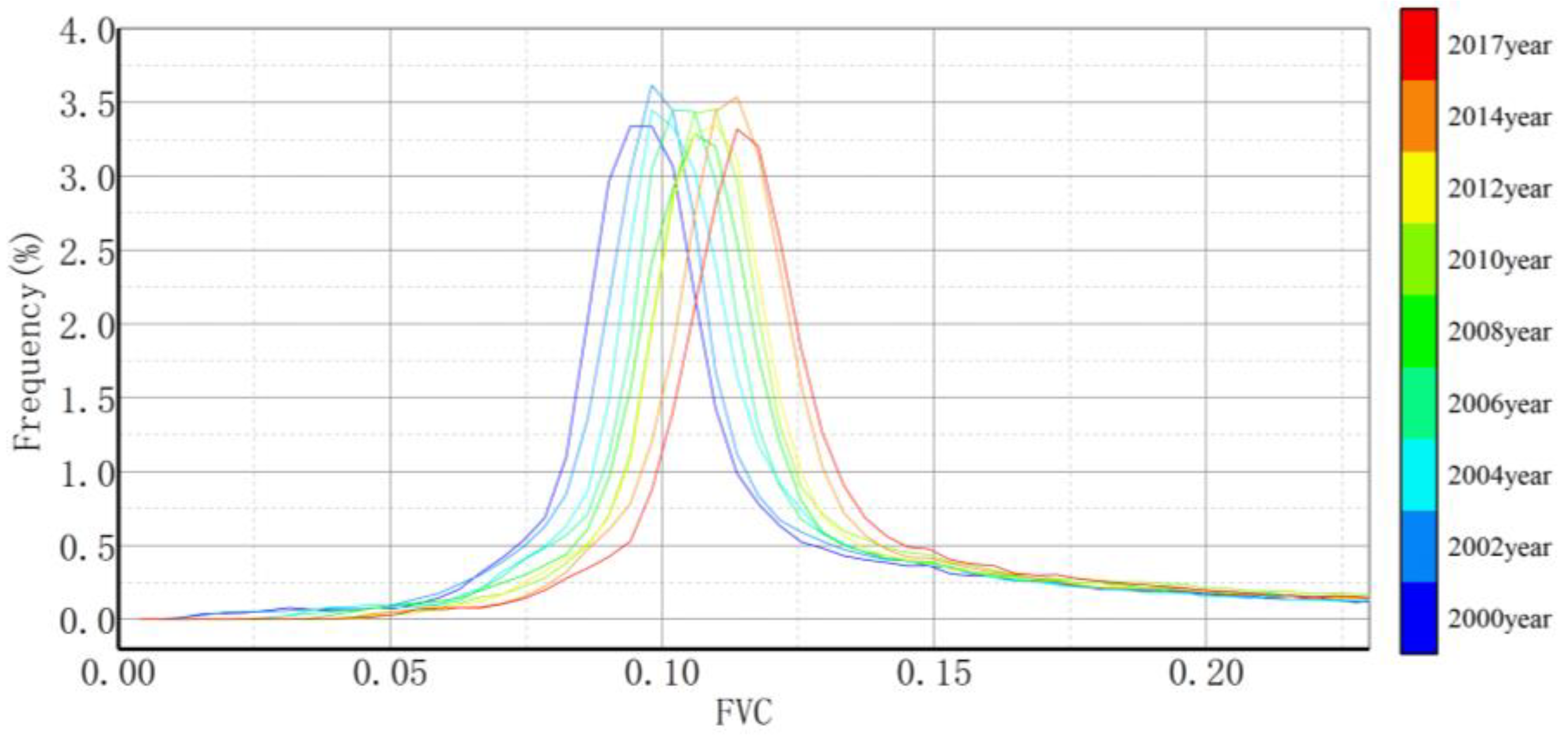
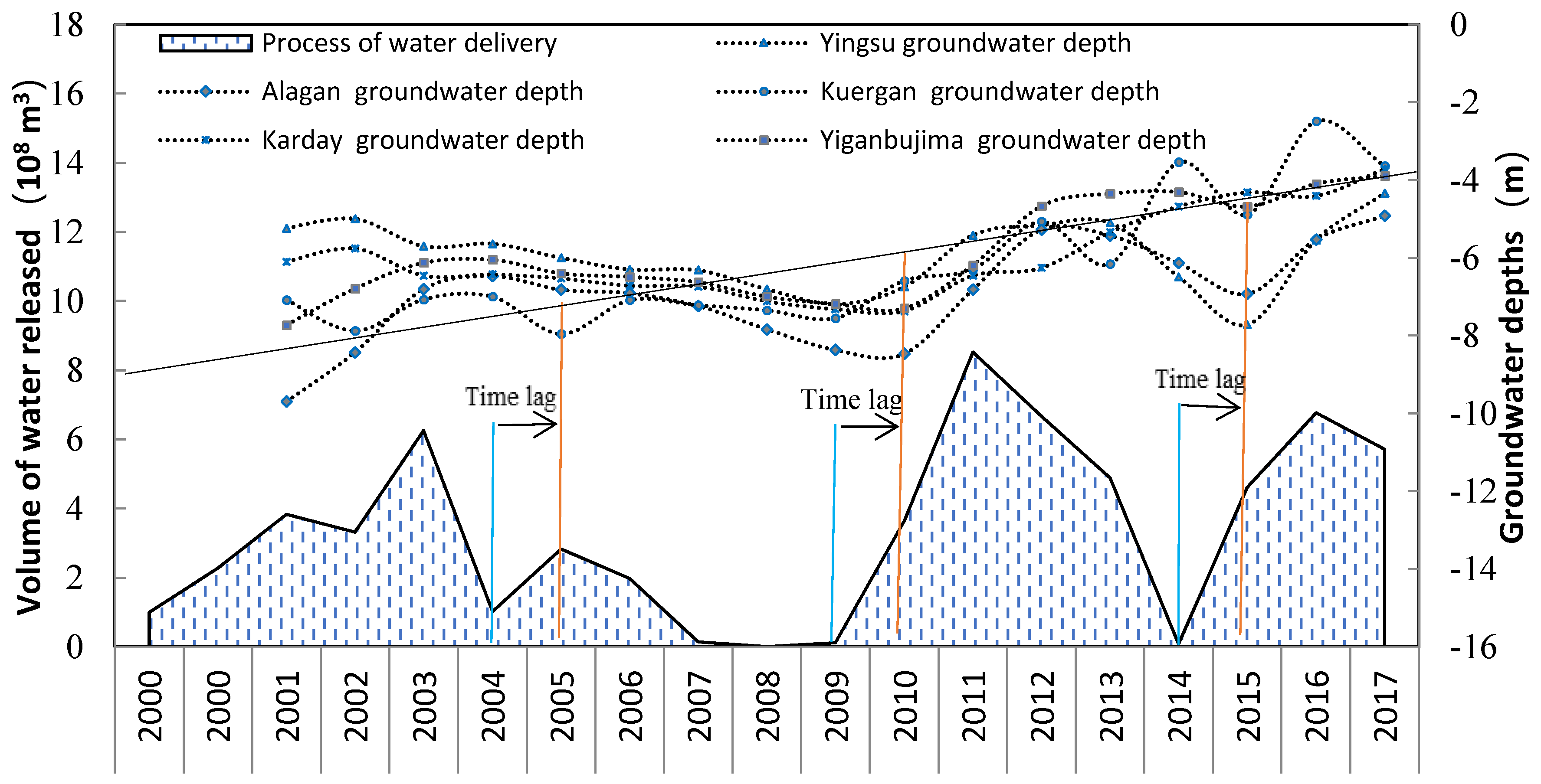


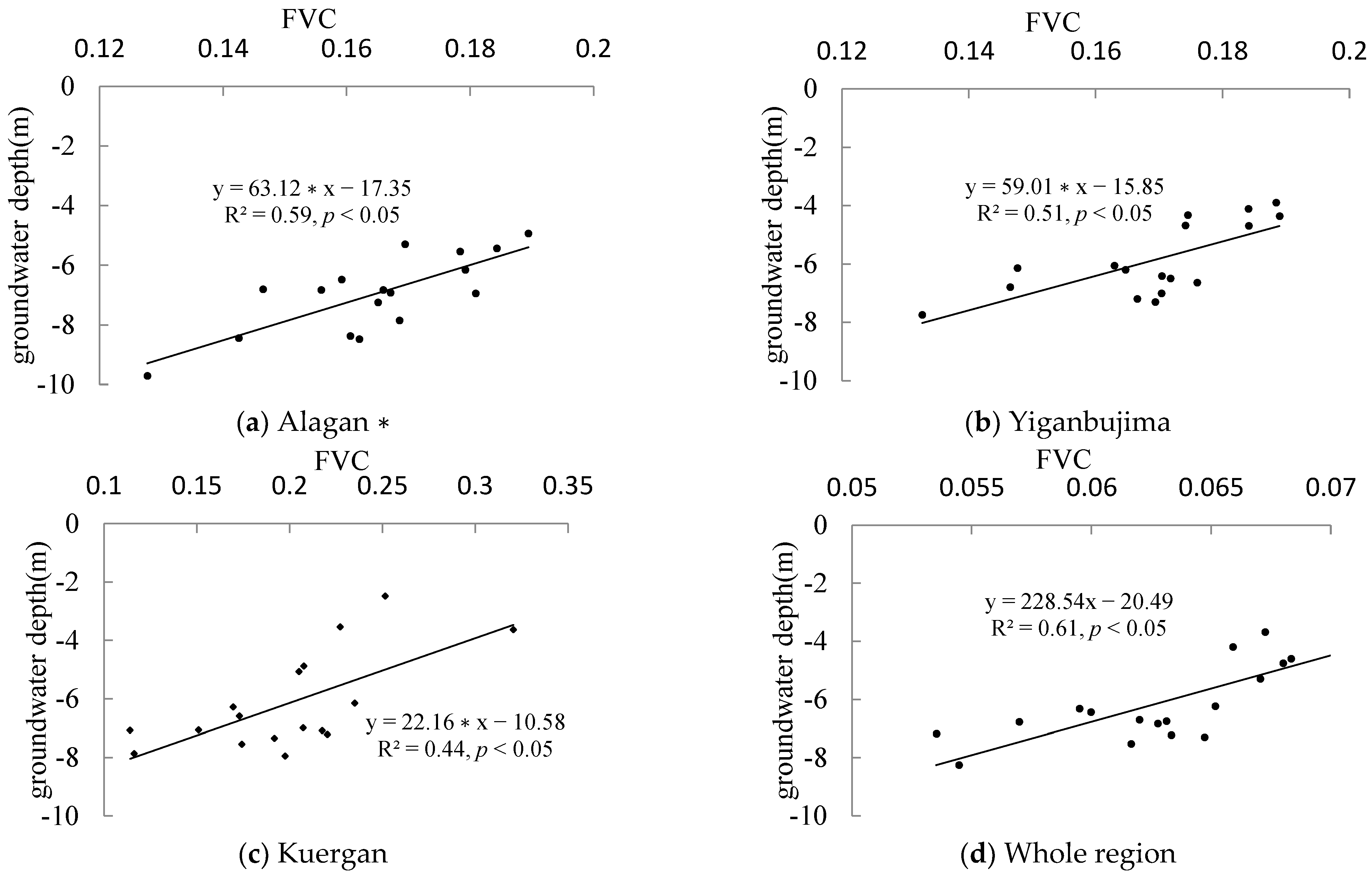
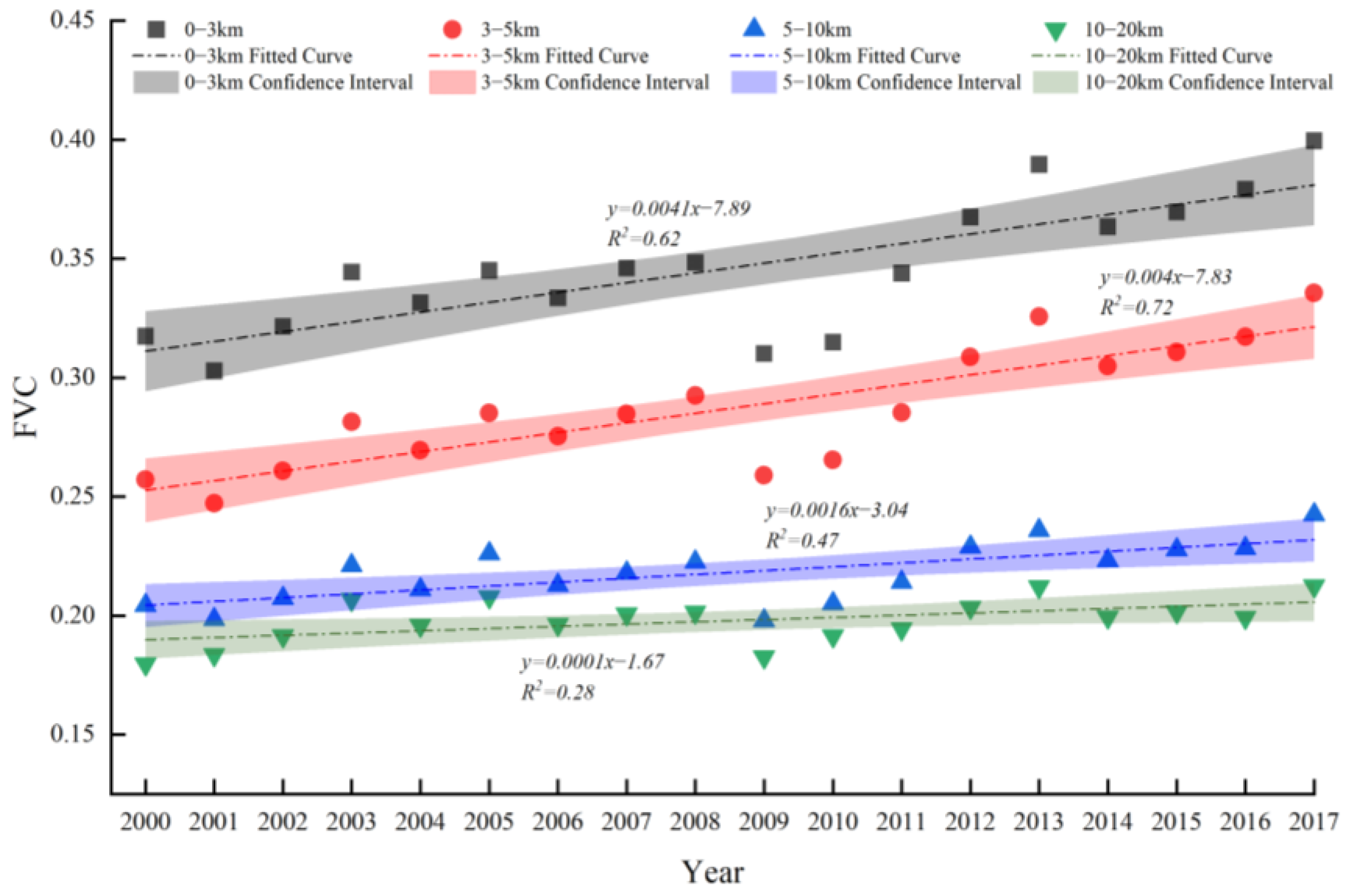
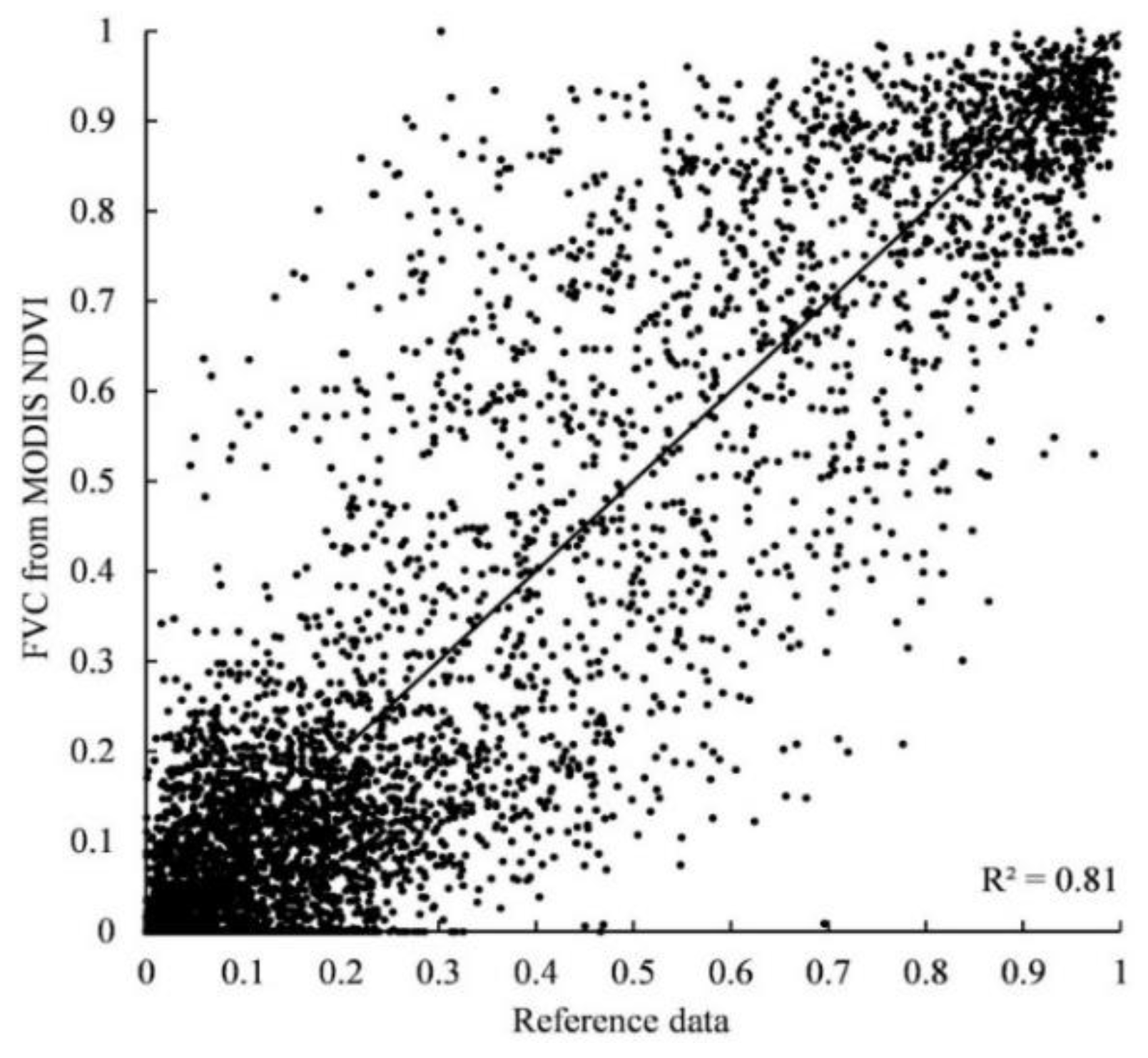
| Time/Phase | Duration (y/m/d) (Beginning Time–Ending Time) | Volume of Water Compensation (108 m3) | Watering Distance (km) | Transection for Water Reach | Water Reach Taiteme Lake Time |
|---|---|---|---|---|---|
| The 1st timne | 14 May 2000–12 July 2000 | 0.99 | 110 | Karday | |
| The 2nd time | 3 November 2000–5 February 2001 | 2.27 | 234.5 | Alagan | |
| The 3rd time | I. 1 April 2001–6 July 2001 | 1.84 | 330 | Yiganbujima | |
| II. 12 September 2001–18 November 2001 | 1.98 | 363 | Tetme | 6 November 2001 | |
| The 4th time | 20 July 2002–10 November 2002 | 3.31 | 363 | Tetme | 5 October 2002 |
| The 5th time | I. 3 March 2003–11 July 2003 | 3.40 | 363 | Tetme | 22 March 2003 |
| II. 4 August 2003–3 November 2003 | 2.85 | 363 | Tetme | 18 September 2003 | |
| The 6th time | 23 April 2004–22 June 2004 | 1.02 | 363 | Tetme | 24 June 2004 |
| The 7th time | I. 18 April 2005–7 June 2005 | 0.52 | 254 | Alagan | |
| II. 30 August 2005–2 November 2005 | 2.30 | 363 | Tetme | 28 October 2005 | |
| The 8th time | 25 September 2006–21 November 2006 | 1.96 | 340 | Kuergan | |
| The 9th time | 10 October 2007–21 October 2007 | 0.14 | Karday | ||
| The 10th time | 5 December 200–31 December 2009 | 0.11 | Karday | ||
| The 11th time | 25 June 2010–11 November 2010 | 3.64 | 363 | Tetme | 12 November 2010 |
| The 12th time | I. 7 January 2011–25 January 2011 | 3.75 | 363 | Tetme | 25 January 2011 |
| II. 17 April 2011–23 November 2011 | 8.15 | 363 | Tetme | 15 May 2011 | |
| The 13th time | 27 April 2012–27 November 2012 | 6.67 | 363 | Tetme | 12 June 2012 |
| The 14th time | I. 25 April 2013–29 May 2013 | 0.14 | |||
| II. 6 August 2013–5 November 2013 | 4.74 | 363 | Tetme | 10 September 2013 | |
| The 15th time | 17 June 2014–26 June 2014 | 0.07 | 172 | Karday | |
| The 16th time | 18 August 2015—5 November 2015 | 4.61 | 363 | Tetme | 12 September 2015 |
| The 17th time | 11 August 2016–31 October 2016 | 6.76 | 363 | Tetme | 28 August 2016 |
| The 18th time | I. 27 April 2017–9 May 2017 | 0.16 | |||
| II. 28 May 2017–4 September 2017 | 5.55 | 363 | Tetme | 6 June 2017 | |
| Total volume | 63.56 | ||||
| Data Type | Acquisition Time | Spatial Resolution | Source |
|---|---|---|---|
| MOD13Q1 | 2000–2017 | 250 | United States Geological Survey (USGS) GLOVIS website (http://glovis.usgs.gov/, accessed on 1 June 2018) |
| GF-2 | 2017 | 0.8 | China center for resources satellite data and application (http://www.cresda.com/CN/, accessed on 1 July 2018) |
| ETM+ | 2000 | 15 | United States Geological Survey (USGS) GLOVIS website (http://glovis.usgs.gov/, accessed on 1 January 2018) |
| Sentinel-2 | 2017 | 10 | Geospatial Data Cloud (http://www.gscloud.cn/, accessed on 1 April 2018) |
| Water Compensation | 2000–2017 | - | Tarim river basin administration bureau (TBAB) |
| Groundwater depth | 2000–2017 | - | Tarim river basin administration bureau (TBAB) |
| Site | Name | Time (Year) | |||||||||||||||||
|---|---|---|---|---|---|---|---|---|---|---|---|---|---|---|---|---|---|---|---|
| 2000 | 2001 | 2002 | 2003 | 2004 | 2005 | 2006 | 2007 | 2008 | 2009 | 2010 | 2011 | 2012 | 2013 | 2014 | 2015 | 2016 | 2017 | ||
| A | Qiara | 0.34 | 0.37 | 0.44 | 0.46 | 0.45 | 0.48 | 0.40 | 0.40 | 0.43 | 0.37 | 0.37 | 0.42 | 0.41 | 0.43 | 0.43 | 0.47 | 0.45 | 0.49 |
| B | Old Yingsu | 0.14 | 0.13 | 0.14 | 0.15 | 0.16 | 0.17 | 0.17 | 0.18 | 0.17 | 0.16 | 0.15 | 0.16 | 0.17 | 0.21 | 0.19 | 0.20 | 0.22 | 0.22 |
| C | Yingsu | 0.13 | 0.13 | 0.15 | 0.15 | 0.15 | 0.16 | 0.17 | 0.17 | 0.17 | 0.16 | 0.16 | 0.15 | 0.16 | 0.18 | 0.17 | 0.19 | 0.18 | 0.19 |
| D | Bozikule | 0.13 | 0.12 | 0.13 | 0.13 | 0.14 | 0.14 | 0.15 | 0.14 | 0.15 | 0.14 | 0.14 | 0.13 | 0.15 | 0.17 | 0.17 | 0.18 | 0.17 | 0.18 |
| E | Kardayi | 0.11 | 0.11 | 0.12 | 0.13 | 0.12 | 0.14 | 0.13 | 0.14 | 0.13 | 0.13 | 0.13 | 0.14 | 0.14 | 0.16 | 0.14 | 0.16 | 0.15 | 0.15 |
| F | Alagan | 0.13 | 0.13 | 0.14 | 0.14 | 0.15 | 0.16 | 0.16 | 0.16 | 0.16 | 0.15 | 0.16 | 0.16 | 0.17 | 0.18 | 0.17 | 0.18 | 0.17 | 0.18 |
| G | Yiganbujim | 0.13 | 0.12 | 0.13 | 0.13 | 0.14 | 0.15 | 0.15 | 0.15 | 0.15 | 0.15 | 0.15 | 0.14 | 0.15 | 0.16 | 0.15 | 0.15 | 0.15 | 0.16 |
| H | Kurgan | 0.12 | 0.12 | 0.12 | 0.11 | 0.13 | 0.13 | 0.13 | 0.13 | 0.13 | 0.13 | 0.13 | 0.12 | 0.13 | 0.15 | 0.18 | 0.17 | 0.18 | 0.22 |
| I | Tetme | 0.10 | 0.10 | 0.10 | 0.07 | 0.15 | 0.19 | 0.20 | 0.19 | 0.16 | 0.15 | 0.14 | 0.13 | 0.22 | 0.30 | 0.29 | 0.24 | 0.34 | 0.44 |
Publisher’s Note: MDPI stays neutral with regard to jurisdictional claims in published maps and institutional affiliations. |
© 2022 by the authors. Licensee MDPI, Basel, Switzerland. This article is an open access article distributed under the terms and conditions of the Creative Commons Attribution (CC BY) license (https://creativecommons.org/licenses/by/4.0/).
Share and Cite
Zhu, C.; Shen, Q.; Zhang, K.; Zhang, X.; Li, J. Multiscale Detection and Assessment of Vegetation Eco-Environmental Restoration following Ecological Water Compensation in the Lower Reaches of the Tarim River, China. Remote Sens. 2022, 14, 5855. https://doi.org/10.3390/rs14225855
Zhu C, Shen Q, Zhang K, Zhang X, Li J. Multiscale Detection and Assessment of Vegetation Eco-Environmental Restoration following Ecological Water Compensation in the Lower Reaches of the Tarim River, China. Remote Sensing. 2022; 14(22):5855. https://doi.org/10.3390/rs14225855
Chicago/Turabian StyleZhu, Changming, Qian Shen, Kun Zhang, Xin Zhang, and Junli Li. 2022. "Multiscale Detection and Assessment of Vegetation Eco-Environmental Restoration following Ecological Water Compensation in the Lower Reaches of the Tarim River, China" Remote Sensing 14, no. 22: 5855. https://doi.org/10.3390/rs14225855
APA StyleZhu, C., Shen, Q., Zhang, K., Zhang, X., & Li, J. (2022). Multiscale Detection and Assessment of Vegetation Eco-Environmental Restoration following Ecological Water Compensation in the Lower Reaches of the Tarim River, China. Remote Sensing, 14(22), 5855. https://doi.org/10.3390/rs14225855







